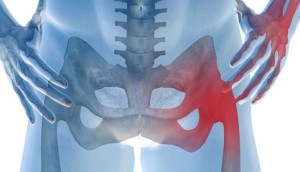Aali J Sheen, B M Stephenson, D M Lloyd, P Robinson, D Fevre, H Paajanen, A de Beaux, A Kingsnorth, O J Gilmore, D Bennett, I Maclennan, P O’Dwyer, D Sanders, M Kurzer
 Abstract
Abstract
Introduction
The aim was to produce a multidisciplinary consensus to determine the current position on the nomenclature, definition, diagnosis, imaging modalities and management of Sportsman’s groin (SG).
Methods
Experts in the diagnosis and management of SG were invited to participate in a consensus conference held by the British Hernia Society in Manchester, UK on 11–12 October 2012. Experts included a physiotherapist, a musculoskeletal radiologist and surgeons with a proven track record of expertise in this field. Presentations detailing scientific as well as outcome data from their own experiences were given. Records were made of the presentations with specific areas debated openly.
Results
The term ‘inguinal disruption’ (ID) was agreed as the preferred nomenclature with the term ‘Sportsman’s hernia’ or ‘groin’ rejected, as no true hernia exists. There was an overwhelming agreement of opinion that there was abnormal tension in the groin, particularly around the inguinal ligament attachment. Other common findings included the possibility of external oblique disruption with consequent small tears noted as well as some oedema of the tissues. A multidisciplinary approach with tailored physiotherapy as the initial treatment was recommended with any surgery involving releasing the tension in the inguinal canal by various techniques and reinforcing it with a mesh or suture repair. A national registry should be developed for all athletes undergoing surgery.
Conclusions
ID is a common condition where no true hernia exists. It should be managed through a multidisciplinary approach to ensure consistent standards and outcomes are achieved.
Link to Original publication at British journal of Sports Medicine
